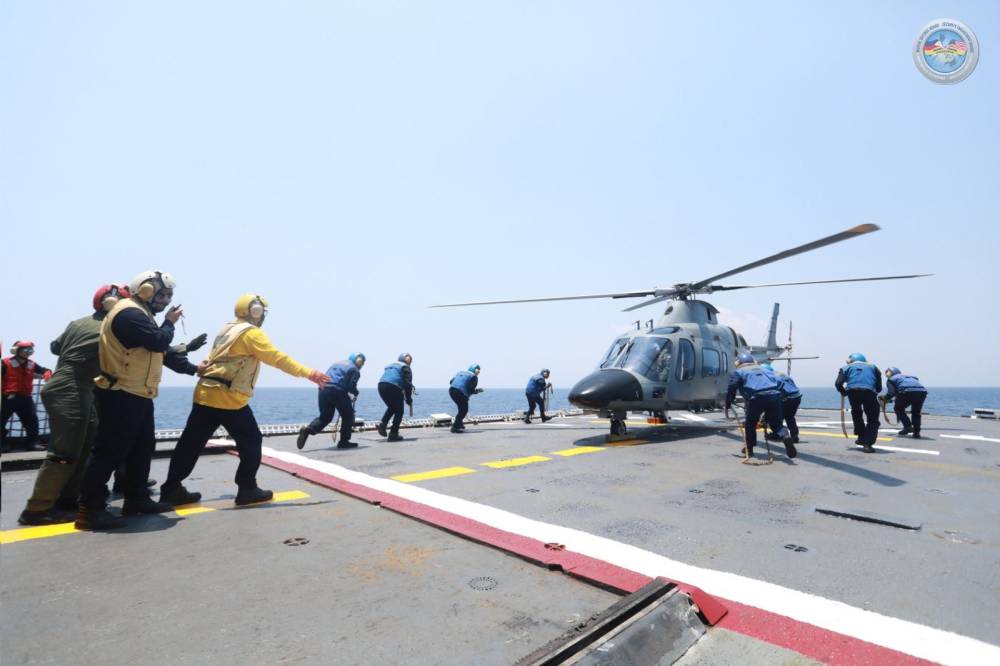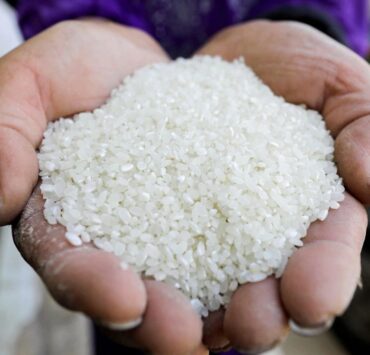PH, US, Japan troops start annual ‘Balikatan’

The Philippines, United States and Japan on Thursday launched a six-day maritime drill in the West Philippine Sea (WPS) as part of this year’s “Balikatan” joint military exercises between Manila and Washington.
The Armed Forces of the Philippines said the joint maritime drills focused on enhancing the interoperability and coordination between the allied nations within the Philippines’ archipelagic waters, spanning from the vicinity of Subic Bay up to the Northern Luzon joint operational area.
The Philippines deployed the BRP Gregorio del Pilar and the BRP Ramon Alcaraz while the United States sent USS Savannah and USS Comstock.
Japan also joined the drills with its warship JS Yahagi.
This year’s Balikatan (shoulder-to-shoulder), dubbed as a full-battle test, involved 9,000 American and 5,000 Filipino troops, participating in drills mostly being held in northern Luzon, the country’s tip near Taiwan.
Thursday’s maritime drills between the Philippines and the United States kicked off as nine Chinese People’s Liberation Army Navy, including the aircraft carrier Shandong, were spotted off the coast of northern Luzon on April 22.
In March, the Philippines, the United States and Japan also conducted joint maritime drills near the Panatag (Scarborough) Shoal in the WPS.
On Feb. 12, the Philippines, the United States and Canada also held joint maritime drills in the WPS while Japan and Australia also conducted joint drills with the Philippines a week earlier.
Strong pushback
Defense Secretary Gilberto Teodoro Jr. said earlier this week the multilateral cooperative activities (MCA) of the Philippines and its allies are a “very strong push against the unilateral move of China” to claim the entire South China Sea, a resource-rich waterway where about $3 trillion of trade passes annually.
“The enhanced MCAs show the interoperational capabilities of free and rules-based loving countries against China,” Teodoro told reporters after his meeting with Indonesian Defense Minister Sjafrie Sjamsoeddin in Mandaluyong City on Tuesday.
“Let us remember, there is no country in the world that accepts the nine-dash line or 10-dash line, especially Asean (Association of Southeast Asian Nations). They do not accept that,” he said.
Regional threat
Beijing, which has a long-standing maritime dispute with the Philippines over parts of the South China Sea, has warned Manila that its defense and security cooperation with other countries should not threaten regional peace or exacerbate regional tensions.
China also continues to ignore a July 2016 arbitral ruling that invalidated its claims in the strategic waterway.
Teodoro said the public should ignore China’s statements, whom he described as pure propaganda.
“Should we listen to what they say? No. We should instead watch what they do in the West Philippine Sea and inside the Philippines,” he said.
Aside from its ships, the United States had deployed its missile systems in the Philippines, including the United States’ antiship missile system NMESIS.
Aside from the NMESIS, Washington deployed to the country its mid-range “Typhon” missile system, which will also be used during this year’s Balikatan.





















